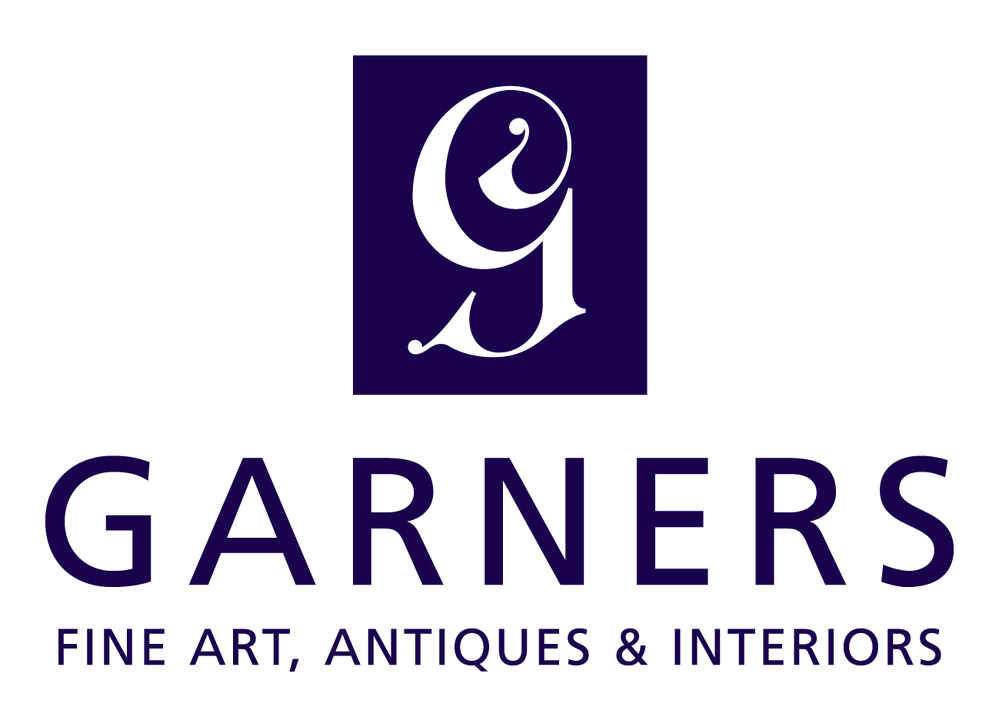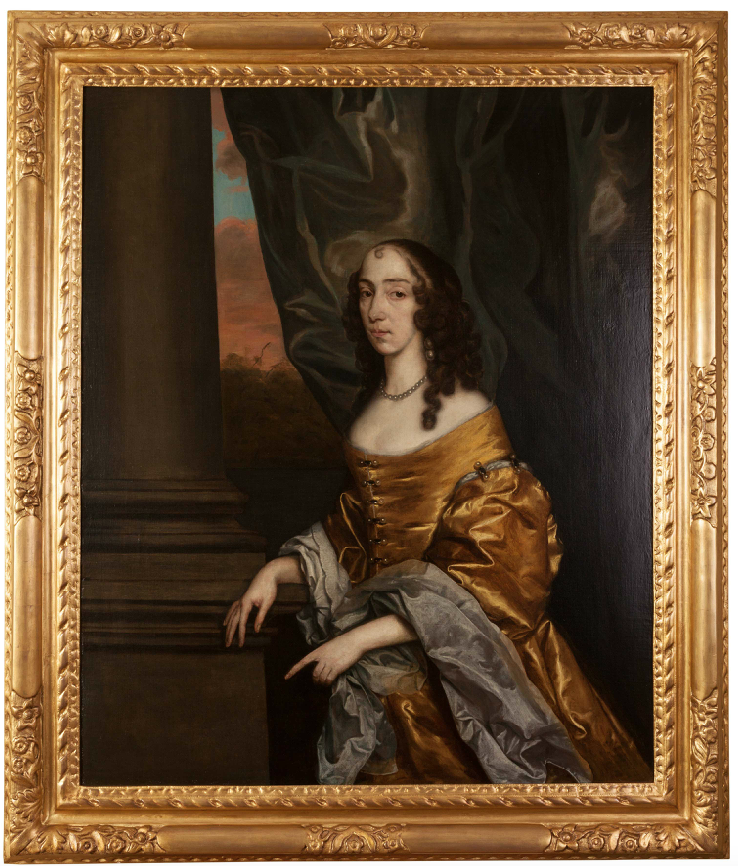Oil on Canvas Portrait of a Lady by the studio of Sir Peter Lely; Circa 1660
£0.00
Super Quality Three Quarter Length Portrait of a Lady (possibly Elizabeth Harvey, Lady Finch 1627-1676), by the studio of Lely. Oil on canvas, in original Lely gold leaf frame.
Dimensions: 60" x 50"
Available to view at our Fine Art Gallery Showrooms and Antique Shop in Uppingham, Rutland.
Biography: Sir Peter Lely (1618-1680) was a painter of Dutch origin, whose career was nearly all spent in England, where he became the dominant portrait painter to the court.
Lely was born Pieter van der Faes to Dutch parents in Soest in Westphalia,where his father was an officer serving in the armed forces of the Elector of Brandenburg. Lely studied painting in Haarlem, where he may have been apprenticed to Pieter de Grebber. He became a master of the Guild of Saint Luke in Haarlem in 1637. He is reputed to have adopted the surname "Lely" (also occasionally spelled Lilly) from a heraldic lily on the gable of the house where his father was born in The Hague.
He arrived in London in around 1641, which was marked by the death of Anthony van Dyck in December. His early English paintings, mainly mythological or religious scenes, or portraits set in a pastoral landscape, show influences from Anthony van Dyck and the Dutch baroque. Lely's portraits were well received, and he succeeded Anthony van Dyck as the most fashionable portrait artist in England. He became a freeman of the Painter-Stainers' Company in 1647 and was portrait artist to Charles I. His talent ensured that his career was not interrupted by Charles's execution, and he served Oliver Cromwell, whom he painted "warts and all", and Richard Cromwell. In the years around 1650 the poet Sir Richard Lovelace wrote two poems about Lely - Peinture and "See what a clouded majesty ..."
Peter Lely - Edward Montagu, 1st Earl of Sandwich
After the English Restoration in 1660, Lely was appointed as Charles II's Principal Painter in Ordinary in 1661, with a stipend of £200 per year, as Van Dyck had enjoyed in the previous Stuart reign. Lely became a naturalised English subject in 1662. The young Robert Hooke came to London to follow an apprenticeship with Lely before being given a place at Westminster School by Richard Busby.
Demand was high, and Lely and his large workshop were prolific. After Lely painted a sitter's head, Lely's pupils would often complete the portrait in one of a series of numbered poses. As a result Lely is the first English painter who has left "an enormous mass of work".
[Search categories: Antique Oil Painting, Antique Portrait, Portraits]


